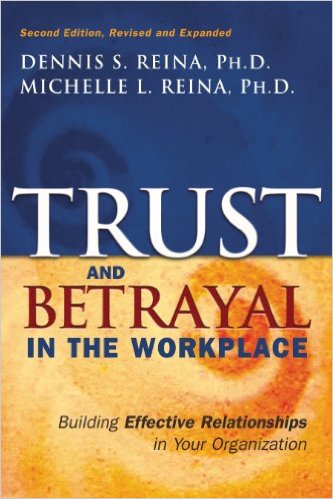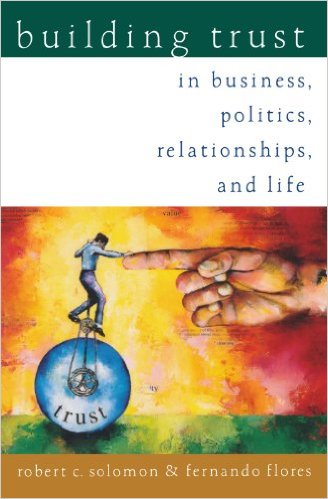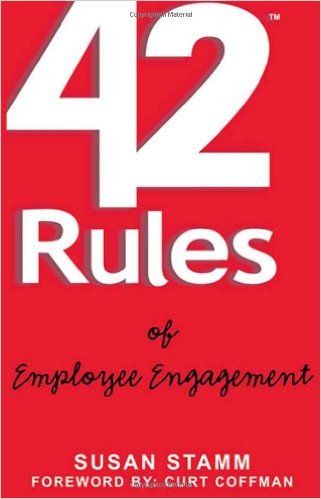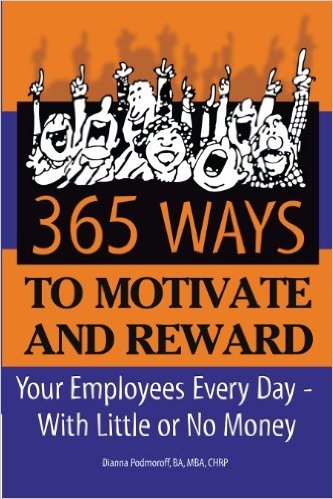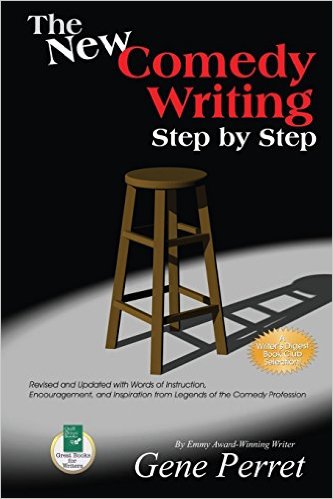Sigh. It’s time for another round of how the SharePoint Community is broken. For those of you, who aren’t aware, please allow me to catch you up quickly. In round one, we had Joel Olsen’s proposal for the SharePoint Knights. Then we had Global 360 trying to define the key influencers in the market with their SharePoint Influencer50. (Which I responded to here.) Now we’ve got Matt Rackley asking Is the SharePoint Community Past Its Prime? This time the spark was a CMS wire post about the community titled The SharePoint Community: What it is, Why It’s Important and Microsoft’s Role. Despite Barb’s slightly liberal use of quotes potentially out of context, the article is a nice feel-good article. It’s about how a group of people grow up – and share in the community. So why does Mark provide a negative spin? In short, I don’t know. I know that he’s posted several other posts with relatively inflamitory titles (or content.) The most recent one I could find prior to the SharePoint Community post is The Real Value of Microsoft Certification in SharePoint??? Knowing Mark (I like to call him Matt just to mess with his head) I suspect that it’s just who he is. He likes to take or share his controvercial point of view and take a read on the market.
Despite the inflamitory nature of the titles (and content) let’s look to see what Mark has to say this time:
- These aren’t the good ole days
- Speakers aren’t taunted by hecklers
- People have egos
- Conference burn out
- The MVP program is broken.
- Microsoft should do more for the community
- SharePoint is different.
Let me try to take these points one-by-one. My apologize for potentially grossly misinterpreting his points.
These Aren’t the Good Ole Days
True. It might be good to read The Time Paradox. There’s a view of things (which is neither right or wrong) which says that the best days are behind us. I personally subscribe to the idea that the best days are ahead of us. I see more interesting people in the community every day. I’ve made a point to go help to fill the spots in the market which I felt were challenges to folks. Whether it’s MSSharePointDeveloper.com, the SharePoint Guidance (for developers) or the ECM Implementer’s Course I’ve been working on trying to get content out there that people can use to better themselves. I believe that if we make information easy to understand and available to people that we’ll help encourage the next generation of community participants.
Speakers Aren’t Taunted by Hecklers
Well, I don’t know that I’d go that far. I think I’d say that in general the presenters are respected by the audiences and the speakers respect and care for their audiences. This – in general – will reduce those hecklers. Having just finished my comedy class, I’m really looking forward to having fun with hecklers. Seriously, we’re all professionals here. I think people are genuinely trying to learn. I’ve not seen hecklers at .NET events for a while. I think the phenomenon happens more in the genesis of a tool than in a maturing state.
People Have Egos
Yes, people have egos. Some are larger than they should be. Some are smaller than they should be. I’d say that we’ve collectively done pretty well as a community at keeping people’s egos in check. While I hear complaints that peoples egos are out of control (mainly mine <grin>) for the most part we’re a community and we’re trying to get along together. I can’t say that I’ve seen anyone snub another person because of their ego.
Conference Burn Out
Wow, here I’m in agreement we’re got a problem – but not because of the reasons laid out in Mark’s post. First, we’re in a transitioning market where we historically had a few conferences each year and those conferences drew folks. It used to be we’d have one or two DevConnections conferences, one or two Advisor conferences, and TechEd. That transitioned to two DevConnections conferences, two Best Practices Conferences, two SPTechCon conferences, a Microsoft SharePoint Conference, and TechEd. (Please excuse the fact that I’ve excluded probably a dozen more conferences in the US alone.) During the transition the idea of a SharePoint Saturday sprung up as a free event that would offer a way to gather SharePoint speakers and get a ton of content to folks in a compressed period of time. This is good – and bad. First, it does provide a forum for emerging speakers to participate. With the users group I run, I have 11 speaking slots. That’s what I’ve got for the year. In a single SharePoint Saturday I’ll have 25 slots – twice as many as I have for a year of users group presentations. I can afford to use some emerging talent (even talent I don’t know) in slots for a SharePoint Saturday. (For the record, I didn’t personally speak at the SharePoint Saturday in Indianapolis to make an extra spot available.) Also for the record, we coach speakers for our regular users group meetings. We’ve got a September meeting which will be a brand new speaker.
Putting on my speaker hat for a moment, I want to support SharePoint Saturday events. I make an effort to do the events which are drivable from Indy. Chicago and Columbus get proposals from me. I personally make a point of not flying to events. I think that we do need to allow local talent to contribute. While we gave a stipend to the people from out of town who flew into support SharePoint Saturday Indy, I personally think that those events are best with local/regional speakers. (We accepted all serious local speakers first.)
So SharePoint Saturday is good for speakers – but it’s REALLY bad for the conference market. Part of the problem is that we’re making the market too thin. There are too many of conferences in the first place. I’ll speak at 11 national events this year. All of the events are on SharePoint. I do 5 times as much traveling for conferences as I do for clients. That level of diffusion in the market makes it hard for conference organizers to make money. Add to that the amount of free content they’re getting at SharePoint Saturday events and there’s an immense amount of coverage for content. He’re a secret… conferences are a volume game. There are a ton of fixed costs. The variable costs (like food) are not a substantial part of the cost. So when they have a large number of attendees they make good money. When the attendees aren’t where they need to be they lose money. If they lose money too long they go out of business. So while I absolutely support SharePoint Saturday and volunteers making content available to everyone – it does come with a cost.
As for vendors and their willingness to continue to sponsor the events, I have to say as a business owner wanting to market a product there are too few good ways to market for SharePoint. So I don’t anticipate problems there. I know there’s some pressure on the conference organizers because vendors can sponsor a handful (or several) SharePoint Saturday events for the cost of a conference sponsorship – however, the experience isn’t the same. Chris Geier summarized his experience at SharePoint Saturday Indy here. He points out that in Indy we took care of the sponsors – because we want them back when we run the next event – and also he implies that others don’t keep the awareness on the fact that sponsors are required for the events.
The MVP Program is Broken
Sure. It is broken. Of course, it’s broken. How could it possibly not be broken? Look, I’m honored to be a Microsoft MVP for SharePoint. I am in awe of some of my fellow MVPs who have skils with SharePoint I simply don’t have. I joke in the Shepherd’s Guide that I get to play Who Wants to be a Millionare? everyday but I get an infinite number of phone a friend lifelines. Last week I called Matt McDermott to ask about some MySite / Social things – I love that. Here’s the thing. That’s not about being an MVP or not being an MVP. That’s about being a part of the community – and answering Matt’s calls when he has a question.
Building and maintaining the MVP program is an impossible task. It’s always going to be slightly wrong, slightly broken, and slightly askew. Here’s the thing the program has been moving in the direction of greater clarity since its introduction (with the exception of a notable stumble or two). Toby Richards has been driving the program to more solid metrics and fewer “feelings” about MVPs. On one hand I hate this. It’s hard to quantify the value of a touch. If I have a 5,000 readers of my blog and I post something is that more or less valuable than a conference session where I’m speaking to 20 people (because it’s the last session of the conference.) I don’t know. On the other hand, I love that there is that effort to try to make it less subjective and more about how people are contributing. I know that the program is always trying to improve and I respect that.
I’ll say that I don’t believe everyone with an MVP award deserves it. There are some days when I don’t feel like I deserve it. However, the program has to make an attempt to do something – because shutting down the MVP program isn’t a better option. I’ve heard all of the options people have proposed about the program – and honestly, I’ve not heard anything said that would be a better deal than what the community has now. It’s not perfect but it’s got a lot of people who truly care about the community and people who want to make it better.
I would like to say that there’s confusion about what the MVP program is. Being an MVP has no bearing on whether you actually know what you’re doing or not. There’s no certification exam demonstrating a minimum level of knowledge about the product. There’s no oral examination or review board that you have to confront. It’s simply a measure of how you support the community. Is it a bad measure? Maybe. Is it better than any other community program by any other software company – absolutely.
I’ve personally recommended folks for an MVP award who are great community contributors. They pour their heart out to help grow the SharePoint community. They didn’t get the award. I’m disappointed but not in them – and not in the program. The program has to have a cap – some way to control costs. Honestly, I’ve told the MVP program management team that the cap for SharePoint MVPs is too high. I believe that we need to raise the bar. They’ve not taken my input on this matter – but that’s OK.
Let me return to my point above… MVP means nothing, participating in the community means everything. I have numerous friends who I’d recommend BEFORE an MVP because they are participating and they are caring.
Microsoft Should Do More for the Community
As a business statement I agree. Microsoft invests millions of dollars in advertising a small fraction of that amount would make a huge difference in the community. However, that being said, I don’t believe the community “deserves” it. I am irked by the sense of entitlement that we (I’ll include myself) sometimes get. Microsoft doesn’t owe us personally or the community anything.
SharePoint is Different
Yes, and no. Both Andrew Connell (comment) and Ruven have very good points. SharePoint isn’t any different than any other technical community. I believe that we’re fundamentally dealing with a community. Communities are the same in .NET, SQL, and SharePoint. If you want to learn quickly and thoroughly, I’d recommend you embrace the community.
Parting Thoughts
From my perspective, there has never been a better time to be a part of the SharePoint community. Never. We’ve got more free and paid resources to learn than we ever had. We have a wonderful set of leaders (MVPs and non-MVPs) who are there to help the community succeed. We’ve got support from Microsoft for giving away conference passes to the Microsoft SharePoint Conference. There are users groups in most of the major markets (and more than a trivial number of the secondary markets). There are more books on SharePoint than there have ever been. I guess I don’t understand all of the negativity about the community.


